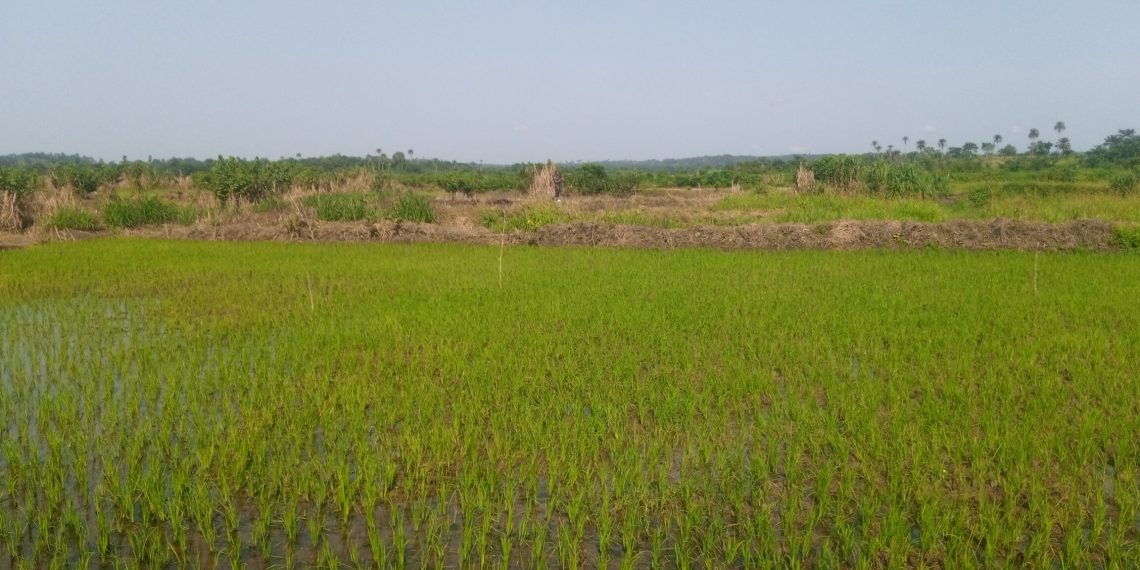Ndianaabasi Innocent stood with a heavy heart on his rice farm in Ekoi Atan Ubom, Ini Local Government Area, Akwa Ibom State. The plot, once green and promising, now showed signs of loss—half his investment of N400,000 on four plots had vanished due to withered crops, a clear indicator of the growing environmental pressures faced by farmers in southern Nigeria.
“I put all my hopes into these plots, but with the dry land and burning sun, only two survived,” said the 30-year-old farmer. Recent years have brought drier soils and harsher sunlight, stripping the plants of the moisture once reliably provided even through dry periods. Now, unpredictable rainfall and long spells of intense heat mean that harvests are no longer guaranteed, and losses are mounting.
Innocent remembered better times; just a few years ago, consistent rain patterns and natural soil moisture made farming less risky. He noted the drastic shift that began in the last two planting seasons when irregular rains gave way to lengthy dry stretches, and the sun seemed more punishing than ever. According to agricultural experts, such changes are consistent with climate change effects seen across Nigeria, leaving smallholder farmers like Innocent particularly vulnerable in the absence of modern irrigation and resilience tools.
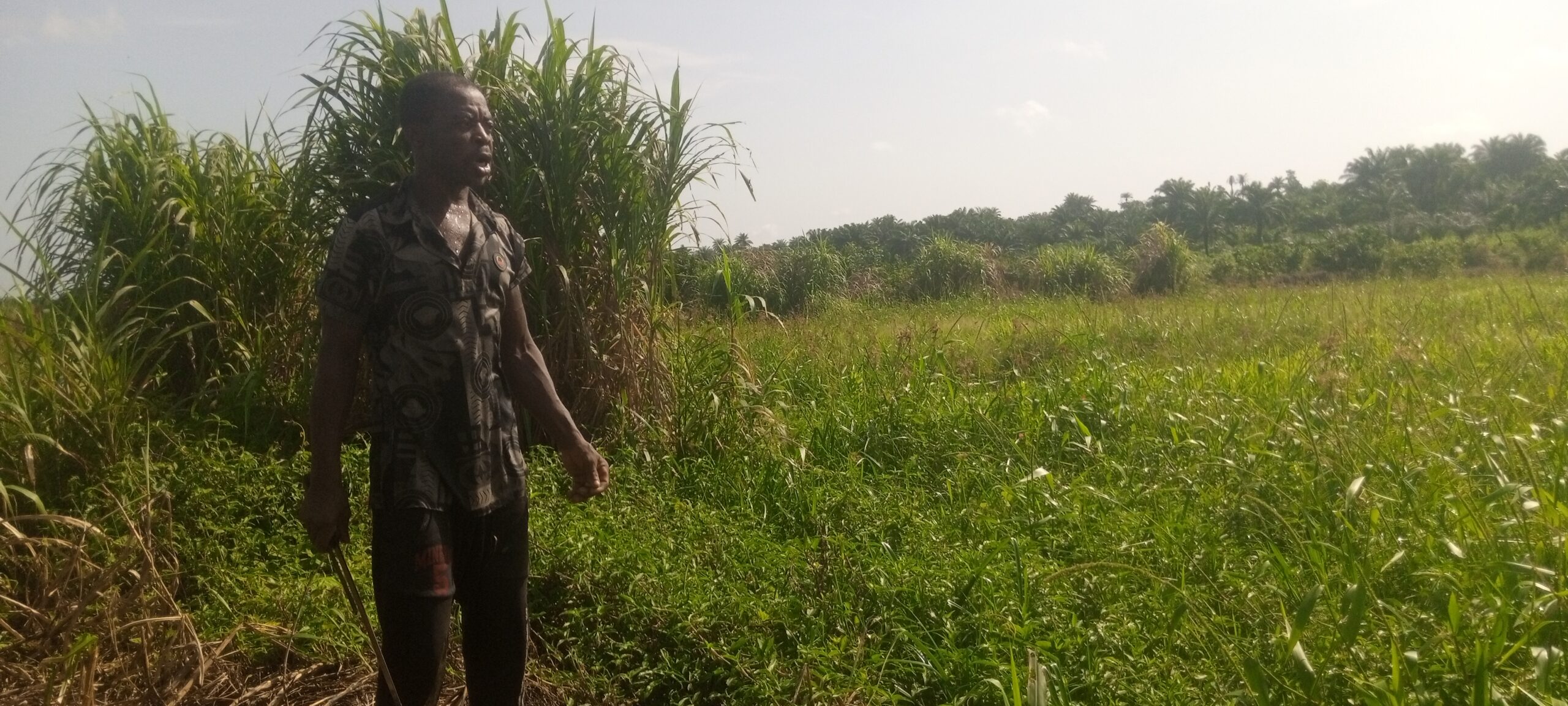
Nigerian Rice: Demand Rises, Local Production Falters
Rice remains a dietary staple for millions across Nigeria, with appetite continuing to grow. The country, home to over 200 million people, depends largely on imports to make up for what local fields can’t supply. Production data from the U.S. Department of Agriculture reveals a troubling trend: Nigerian rice output slid to 5.23 million metric tonnes in 2024, down from 5.61 million in 2023 and 5.41 million in 2022.
Despite this drop, national rice consumption has consistently hovered above seven million metric tonnes each year in the past five years. In 2024, consumption reached around 7.6 million metric tonnes, slightly higher than the 7.55 and 7.5 million metric tonnes reported for 2023 and 2022 respectively.
This widening gap between production and demand is being filled by a surge in imports, with 2.4 million metric tonnes brought in during 2024—up sharply from 1.89 million the previous year. Experts say that any gains in homegrown rice are threatened by mounting production costs, erratic rainfall, pest infestations, and the absence of reliable irrigation infrastructure, all of which hit southern producers especially hard.
Previous administrations had sought to boost production by providing power tillers and motorised weeders, alongside promises of financial support to farmers. But rural growers allege that many never received these benefits, raising questions around transparency and the reach of these interventions.
Decades of Government Programmes, Elusive Self-Sufficiency
For more than 40 years, Nigerian policymakers have tried to bridge the rice supply gap through a series of research, extension, and capacity-building initiatives. Despite these ongoing efforts, the reality remains stubborn: local output consistently falls short of the population’s appetite for rice.
In 1970, the government set up the Federal Rice Research Station to breed robust rice varieties. This was followed by the creation of the National Cereals Research Institute in 1974 to promote seed multiplication and farmer education nationwide. State-level projects like Ebonyi’s Abakaliki Rice Project (1978) and Akwa Ibom’s Ibom Rice Project (2001) sought to modernise cultivation, yet with limited long-term success.
The turn of the millennium saw the launch of the Presidential Rice Initiative under President Olusegun Obasanjo, aimed specifically at closing the gap between production and consumption. Nigeria also entered partnerships with bodies like the West Africa Rice Development Association (WARDA), Shell Petroleum Development Company, and NERICA to gain access to better seeds and boost technology transfer. Former President Goodluck Jonathan’s Agricultural Transformation Agenda (ATA), introduced in the early 2010s, had ambitious plans for empowering farmers and integrating the private sector—but results on the ground have lagged behind expectations.
Although public investment and international collaboration continue, farmers in many Nigerian communities say they have yet to see real transformation in their yields or incomes.
Everyday Barriers: Land, Labour, and Logistics
In Ebonyi State, which counts among Nigeria’s leading rice producers, local farmers still grapple with issues ranging from expensive land rentals to difficult harvests and punishing transport costs.
Rose Nwachukwu, who farms rice in the Onitsha community, explained how prohibitive land and labour costs nearly forced her out of the trade. “Rice needs swampland, and good plots are hard to get. Where I could rent a plot for N30,000 or N50,000 in the past, it now costs up to N100,000—plus I still have to cover fertiliser, labour, and more,” she said. For Nwachukwu, the math often does not add up; losses outweigh gains, creating reluctance to plant another season.
John Nnabo of Atikwo community echoed these sentiments, particularly on the challenge of preparing swampy fields. “We farm manually without machines, from clearing to transplanting. In 2023, I spent over N600,000—only to lose much of my harvest to floods,” he said.
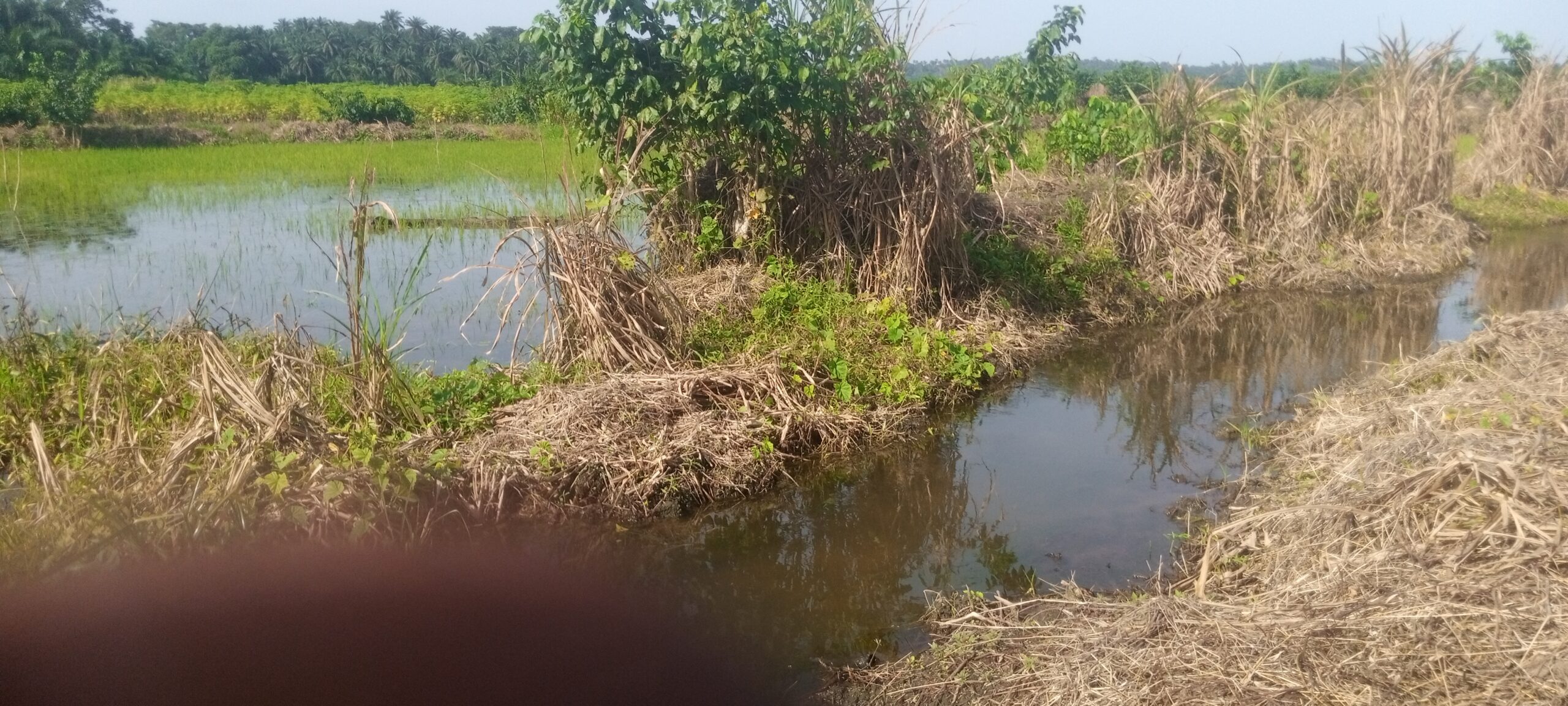
For many, rising fuel prices since the fuel subsidy removal have made transportation a new headache. “Where I used to spend N500 to get my produce to market, now it’s N1,500 or more. The profit margins get squeezed even further,” Nnabo explained.
Labor shortages and pest infestations also pose major threats. Rose Okonna, who manages four rice farms in Ebonyi, described her ongoing struggles: “Labour is expensive, and you have to pay at every step—then pests come in and damage your crops.” Okonna accused politicians of diverting agricultural support from its intended recipients in rural communities.
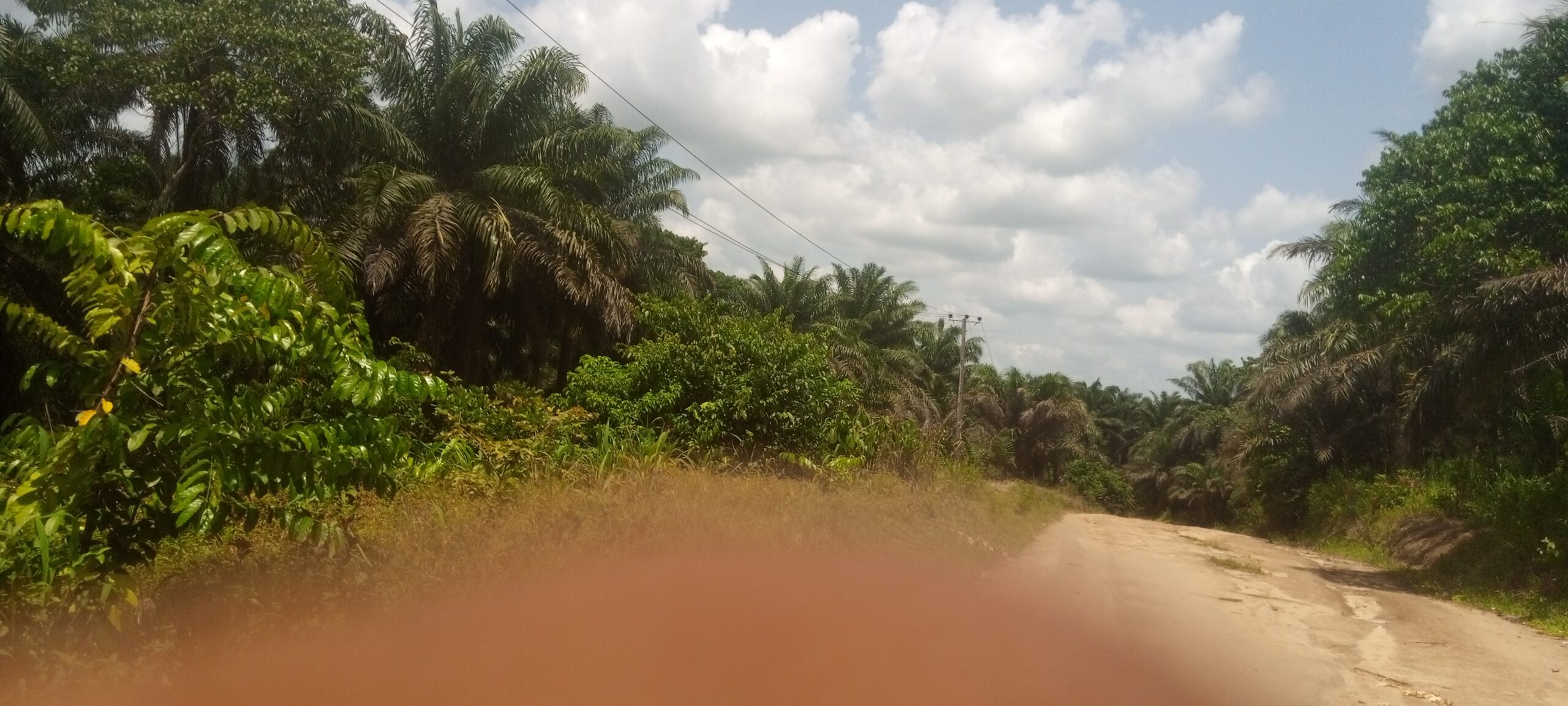
In Akwa Ibom, Mboutidem Udofia from Obot Obom highlighted the relentless costs involved in rice cultivation: “To farm a single plot, I spend over ₦100,000—clear the swamp, till, transplant, then pay boys to protect the field from birds that can wipe out an entire harvest in a day.”
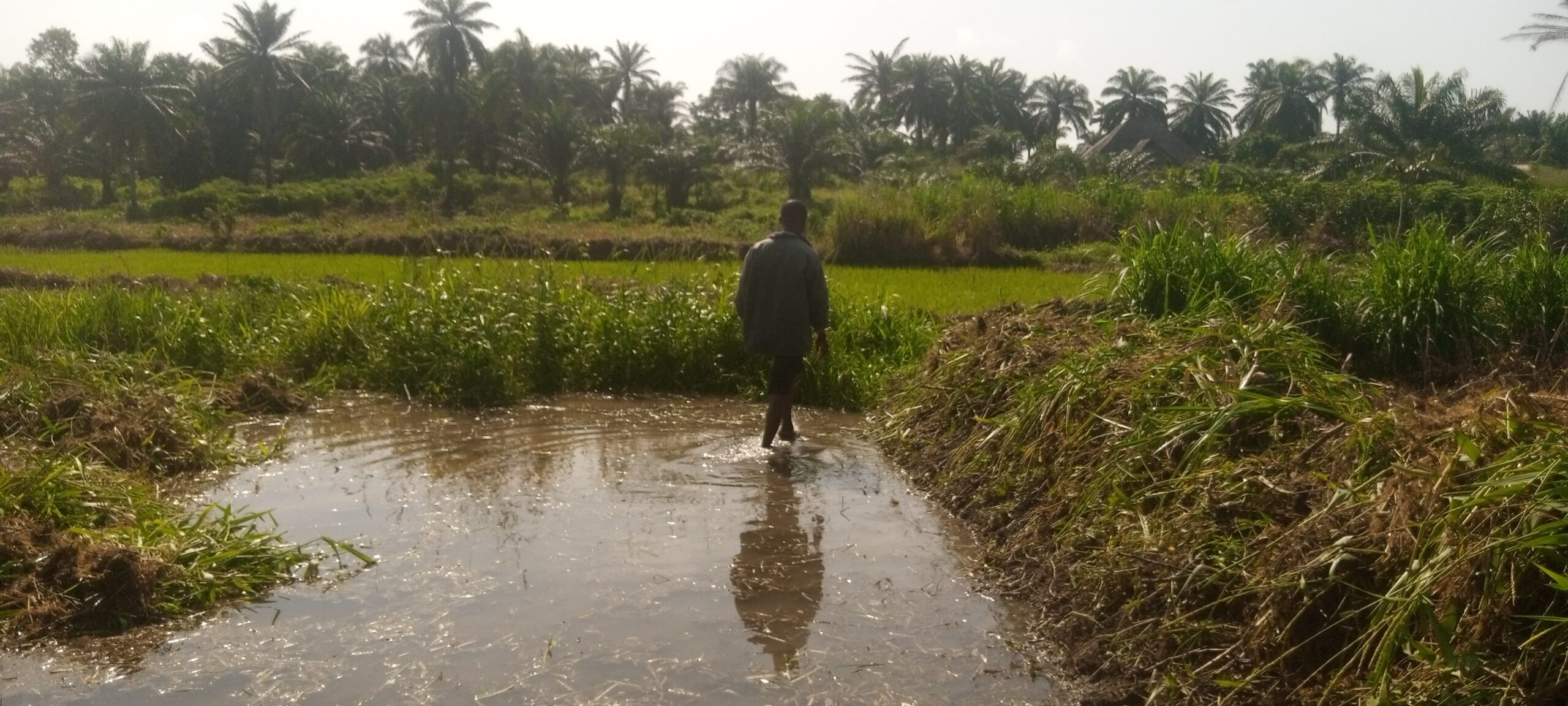
Community leader Isaac Sunday believes local rice production could meet the state’s needs with better support. “Mechanisation would let us farm more land quickly. But we also need fertiliser, grants, soft loans, and access to better roads. Right now, poor infrastructure keeps buyers away,” he said. The numerous barriers have driven up the price of local rice: a 7.5kg bag, previously ₦5,000, now sells for ₦7,000, and a 50kg bag goes for as much as ₦70,000—on par with imported rice.
Solutions and the Road Ahead: Mechanisation, Training, Policy Reform
Aremu Fakunle, who specialises in rice sector development, urged both government and private sector actors to champion mechanised farming—especially in regions struggling with manpower shortages. “Mechanisation is key. Without it, we rely on aging or uninterested populations, and fields don’t get the attention they need. The right equipment must reach farmers who need it most,” Fakunle explained.
Fakunle further criticized the spotty implementation of government support, noting poor oversight and delivery gaps. “For intervention to work, there must be clear implementation and follow-through. Too often, resources are wasted or diverted. We need knowledgeable managers—real agricultural experts, not just politicians—overseeing these programmes,” he asserted.
He advocated for adoption of Sustainable Rice Intensification (SRI), a farming approach proven to boost rice yields but one which requires sustained technical training and community buy-in to scale up effectively.
Yahuza Illo, an agribusiness consultant, agreed on the need for affordable inputs and ongoing research. “Fertiliser prices and input costs must come down if we want true sector growth. Support to research institutes will create better, high-yielding seed varieties, allowing us to match the productivity in countries like Vietnam or Thailand, where farmers routinely harvest up to ten tonnes per hectare compared to the three or four we get here,” Illo noted.
He stressed that capacity building—helping farmers learn best practices through targeted training—should be another key pillar of any national rice strategy.
Government Commitment: The Push for Mechanised Farming
According to Minister of State for Agriculture, Aliyu Abdullahi, Abuja is doubling down on mechanisation in the wake of the presidential state of emergency on food security. “We are encouraging mechanised farming to attract more young people. This means distributing tractors and providing proper training for new operators. We know climate change is beyond our immediate control, so we must adapt our strategies,” said Abdullahi.
He explained that machines not only reduce drudgery, but ensure that farms can be prepped quickly enough to beat weather-related delays: “If you try to cultivate ten hectares by hand, the rains may wash you out before you finish. With tractors, you’re done in a couple of days. This is the level of efficiency we need for Nigerian agriculture to keep up with both local and global demand.”
Nigeria’s ambition to produce enough rice for its people remains a tough climb amid unpredictable weather, high costs, and logistical bottlenecks. Yet with each harvest season, both the struggles and the opportunities grow clearer: innovation, farmer training, accessible finance, and better policies will all be vital to closing the gap between local rice fields and the grain bowls on Nigerian tables.
How do you think Nigeria can best close the gap between rice production and consumption? Should government investments focus more on mechanisation, subsidies, or market access? Share your thoughts below and join the conversation!
For general support and feedback, reach out at support@nowahalazone.com.
Don’t miss out! Follow us on Facebook, X (Twitter), and Instagram for more news, stories, and updates.

